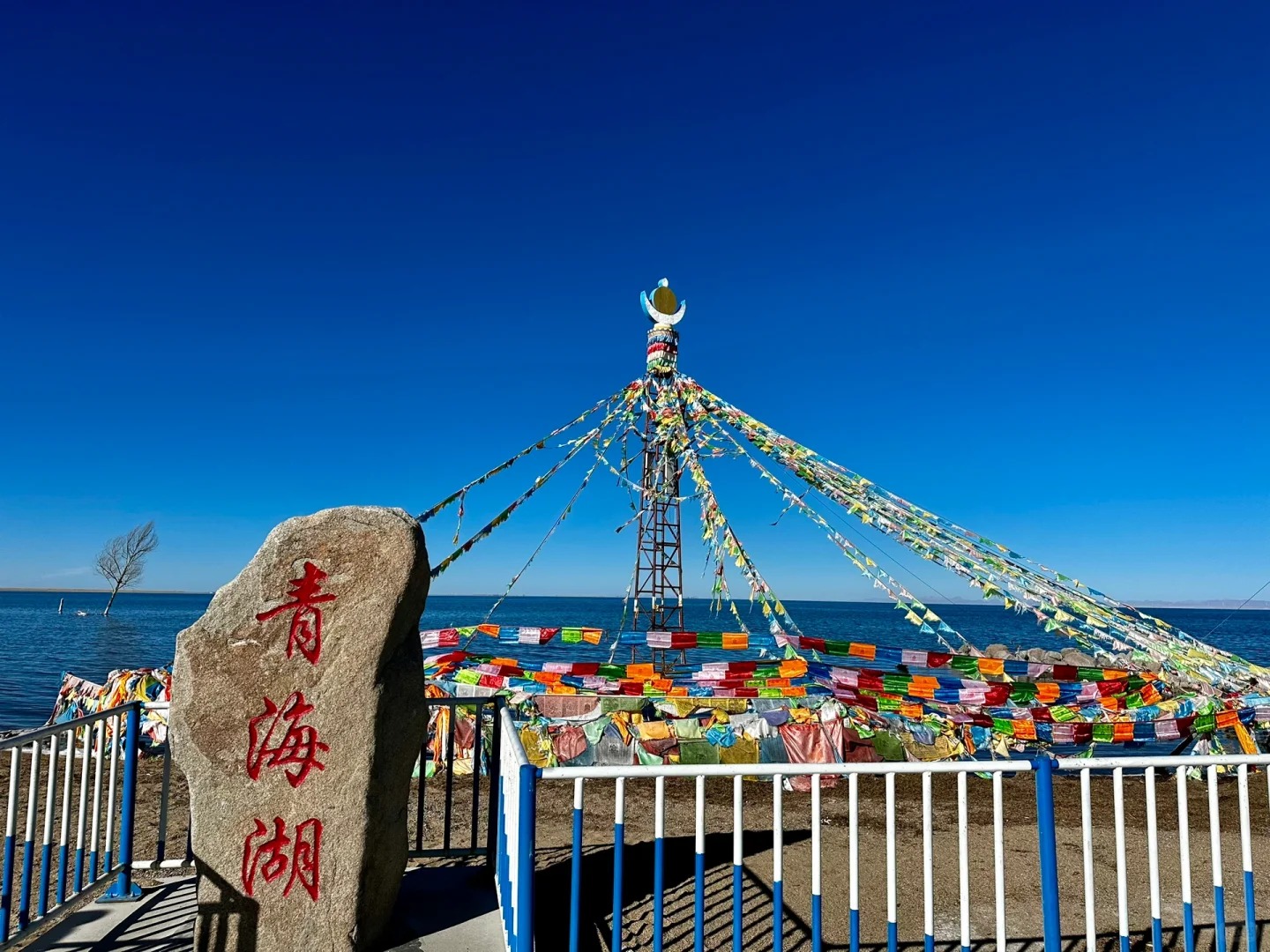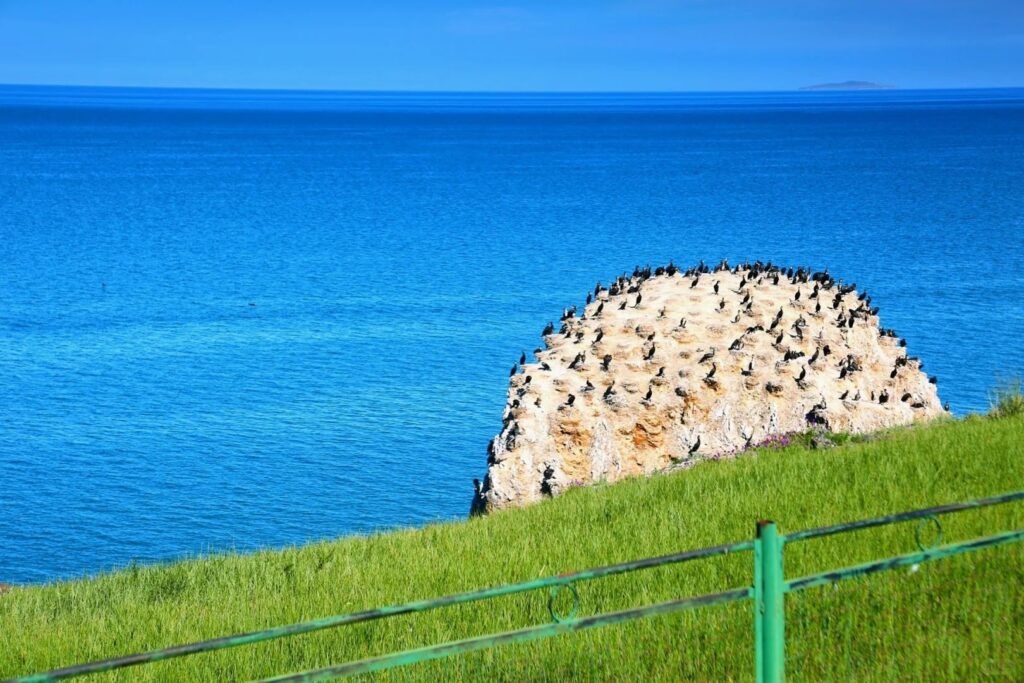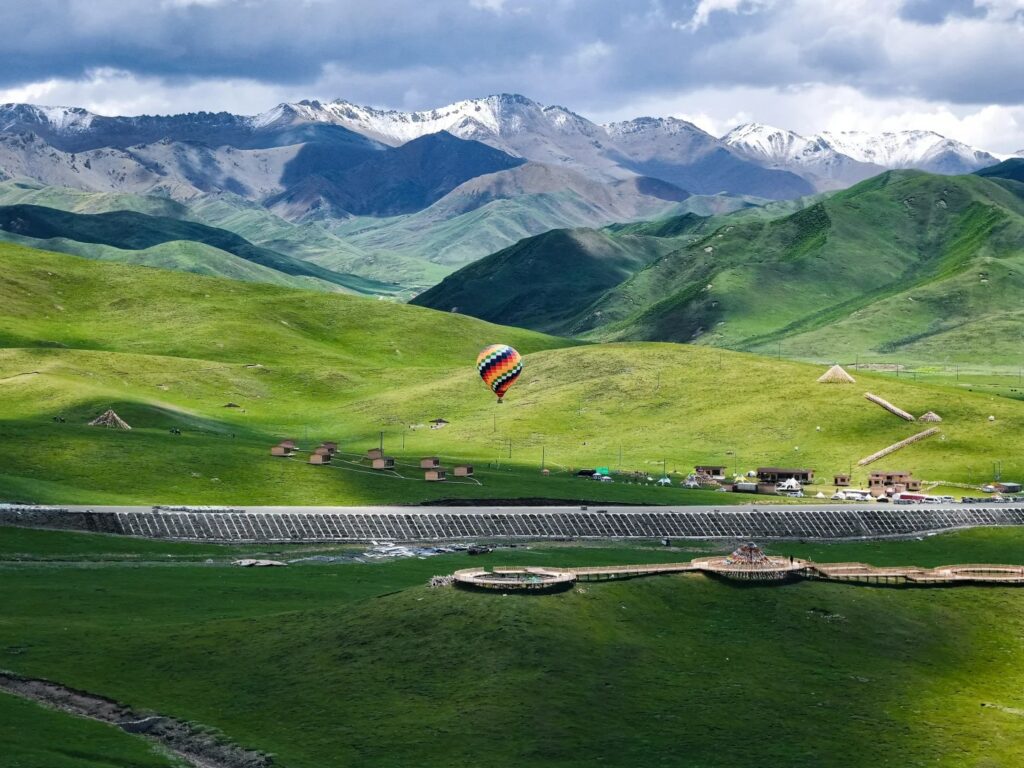Visiting Information
| Information | Details |
|---|---|
| Chinese Name | 青海湖 (Qīnghǎi Hú) |
| Location and Address | Qinghai Province, China (about 150 km west of Xining) |
| Opening Time/Hours | 24/7 (scenic spots may have specific hours) |
| Entrance Fee | 150 CNY (May vary depending on season and specific attractions) |
| How to Get There | By Bus: Take a bus from Xining to Qinghai Lake (about 3-4 hours) By Car/Taxi: Drive from Xining (about 2-3 hours) No metro available |
| Best Time for Visit | June to September (summer to early autumn) |
| Contact Info | +86 974 8519528 (Qinghai Lake National Nature Reserve Management Bureau) |
Overview
Qinghai Lake, also known as Kokonor Lake, is the largest lake in China by surface area. Located in Qinghai Province on the Tibetan Plateau, it is a vast saltwater lake renowned for its stunning natural beauty, rich biodiversity, and cultural significance. The lake covers an area of approximately 4,317 square kilometers (1,667 square miles) and sits at an elevation of 3,205 meters (10,515 feet) above sea level.
Historical Background
Qinghai Lake has a history dating back millions of years. It was formed during the latest Himalayan movement and is estimated to be at least 500,000 years old. The lake has played a crucial role in the development of local cultures, serving as a sacred site for Tibetan Buddhism and a vital resource for nomadic communities. Throughout history, it has been an important stop on the ancient Silk Road, facilitating trade and cultural exchange between different civilizations.
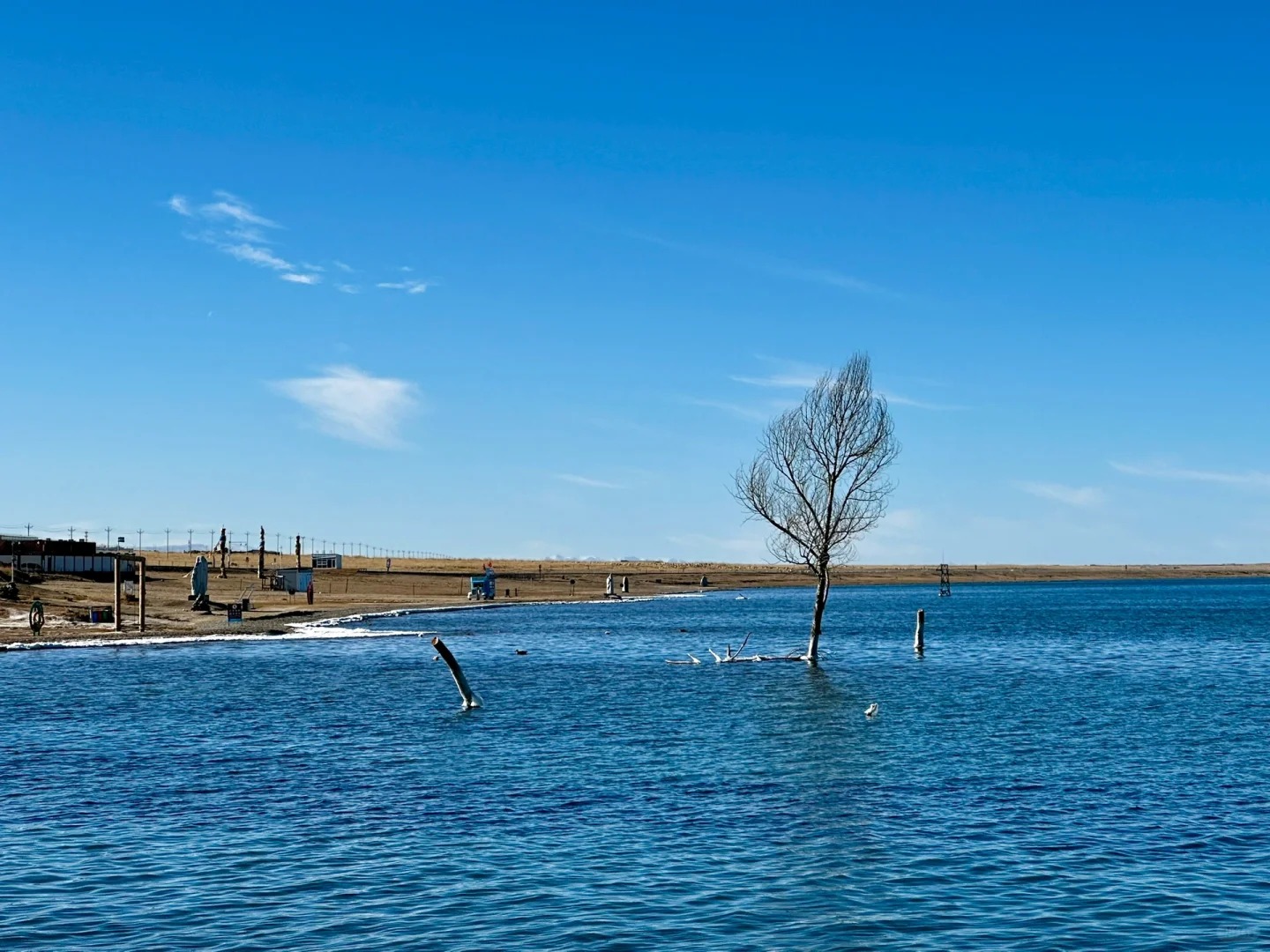
Natural Features
- Vast Expanse: Qinghai Lake’s immense size creates a unique landscape where the water seems to merge with the sky at the horizon. The lake’s vastness offers breathtaking panoramic views and creates a sense of boundless space, characteristic of the Tibetan Plateau.
- Diverse Ecosystem: The lake and its surrounding areas support a rich variety of flora and fauna. It is home to numerous species of fish and serves as a crucial breeding ground for several bird species, including the bar-headed goose and black-necked crane.
- Bird Island: Located on the western shore of the lake, Bird Island is a sanctuary for migratory birds. During breeding season, it hosts hundreds of thousands of birds, creating a spectacular natural phenomenon.
Cultural Importance
Qinghai Lake holds immense cultural significance, particularly for Tibetan Buddhists. It is considered a sacred lake in Tibetan culture and is associated with various legends and spiritual beliefs. The lake is also important to the nomadic Tibetan and Mongol communities who have lived in the surrounding grasslands for centuries. Annual pilgrimages and traditional festivals around the lake continue to play a vital role in preserving local cultural heritage.
Surrounding Attractions
- Qinghai Lake Scenic Area: This area encompasses the lake and its immediate surroundings, offering various viewpoints, beaches, and recreational facilities. Visitors can enjoy activities such as boating, cycling around the lake, and observing wildlife.
- Chaka Salt Lake: Located about 300 km southwest of Qinghai Lake, Chaka Salt Lake is known as the “Mirror of the Sky.” Its shallow, highly reflective surface creates stunning mirror-like effects, making it a popular spot for photography.
- Ta’er Monastery: Situated about 25 km from Xining, this important Tibetan Buddhist monastery is one of the six great monasteries of the Gelug school of Tibetan Buddhism. It features intricate architecture and houses numerous cultural relics.
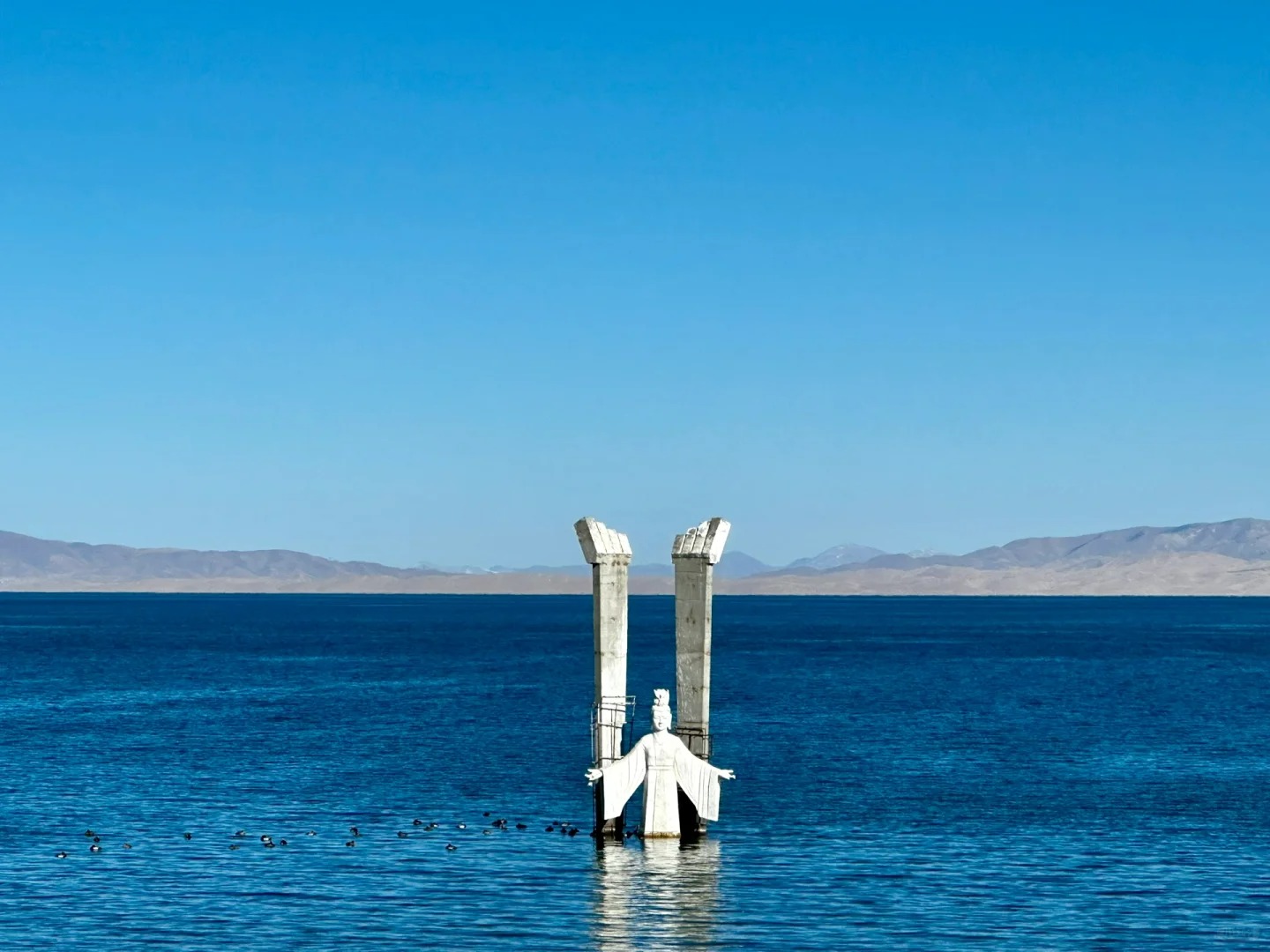
Photography Opportunities
- Sunrise and Sunset: The vast expanse of Qinghai Lake offers spectacular opportunities for capturing sunrise and sunset scenes. The interplay of light on the water’s surface and the surrounding mountains creates breathtaking panoramas, especially during the golden hours.
- Wildlife Photography: The lake’s rich biodiversity, particularly its birdlife, provides excellent opportunities for wildlife photography. Bird Island is especially popular among photographers during the breeding season when thousands of migratory birds gather.
- Landscape and Cultural Photography: The combination of the lake, surrounding grasslands, and distant mountains offers diverse landscape photography opportunities. Additionally, the presence of nomadic communities and their traditional lifestyles provides unique chances for cultural photography.
Modern Importance
- Ecological Conservation: Qinghai Lake plays a crucial role in maintaining the ecological balance of the Tibetan Plateau. It serves as an important wetland ecosystem and is protected as a national nature reserve, contributing to biodiversity conservation efforts in the region.
- Tourism Industry: The lake has become a major tourist attraction, significantly contributing to the local economy. It draws visitors from across China and around the world, promoting the development of tourism infrastructure and services in the area.
- Climate Research: As the largest lake on the Tibetan Plateau, Qinghai Lake is an important site for climate research. Scientists study the lake to understand climate change impacts on high-altitude ecosystems and water resources.
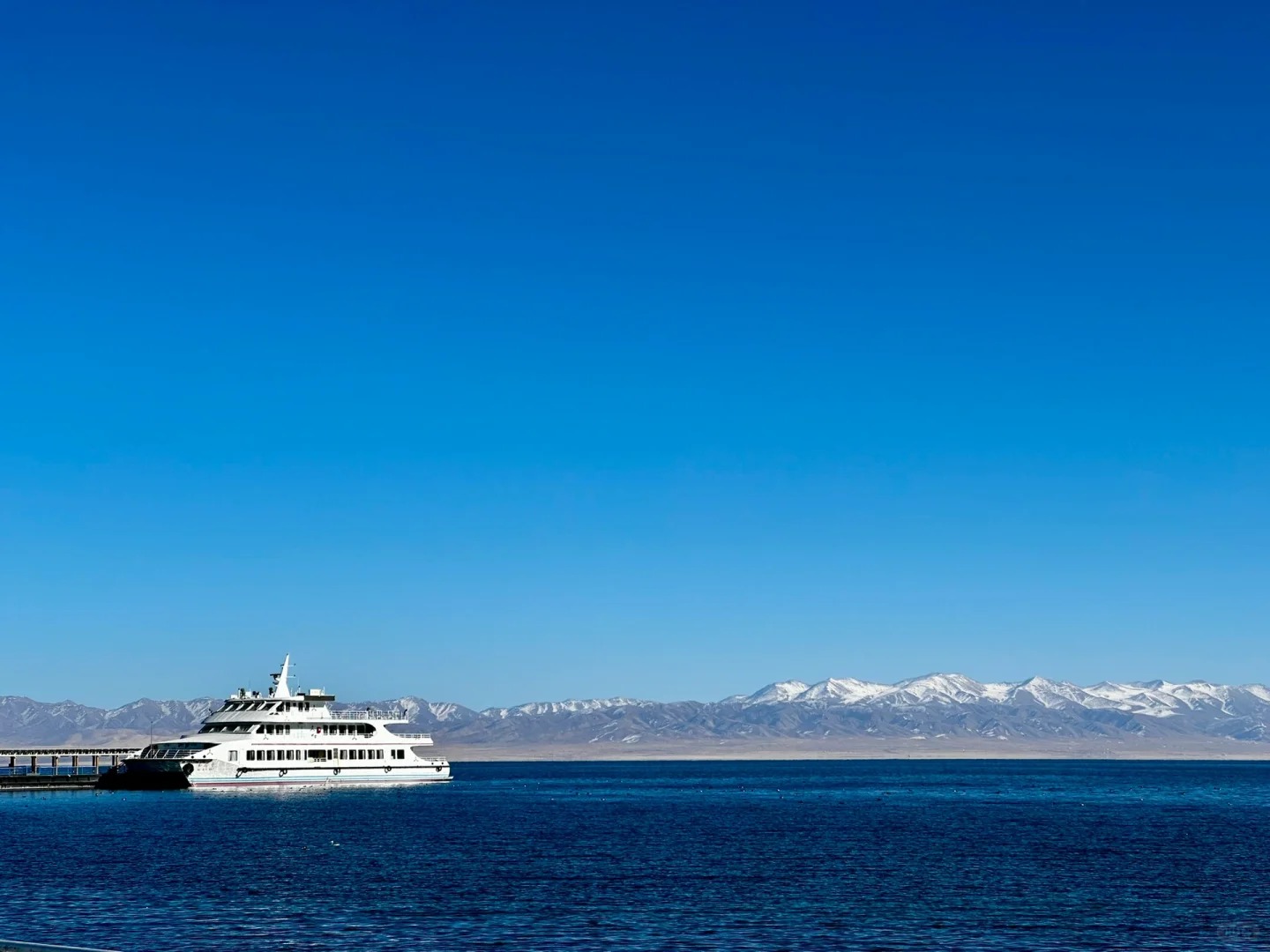
FAQ
- What is Qinghai Lake famous for?
Qinghai Lake is famous for being the largest lake in China, its stunning natural beauty, rich biodiversity (especially birdlife), and cultural significance to Tibetan Buddhists. - What’s inside Qinghai Lake?
Qinghai Lake is a saltwater lake that contains various fish species. The lake itself is surrounded by grasslands, beaches, and islands, including the famous Bird Island. - Is Qinghai Lake free?
No, Qinghai Lake is not free to visit. There is an entrance fee of about 150 CNY, though this may vary depending on the season and specific attractions you wish to visit. - Is Qinghai Lake worth visiting?
Yes, Qinghai Lake is definitely worth visiting. It offers breathtaking natural scenery, unique cultural experiences, and diverse wildlife viewing opportunities, making it a memorable destination for nature lovers and cultural enthusiasts alike. - What to do in Qinghai Lake?
Visitors can enjoy activities such as boating on the lake, cycling around its perimeter, birdwatching (especially on Bird Island), photography, enjoying the scenic views, and learning about local Tibetan culture. - How do I get to Qinghai Lake in the local city?
From Xining, the capital city of Qinghai Province, you can take a long-distance bus to Qinghai Lake, which takes about 3-4 hours. Alternatively, you can hire a car or join a tour group for more flexibility. - How to visit Qinghai Lake?
To visit Qinghai Lake, first travel to Xining. From there, take a bus or organized tour to the lake. It’s best to allocate at least a full day for your visit. Consider staying overnight to experience both sunrise and sunset. Dress in layers as the weather can be changeable, and be prepared for high altitude effects. Respect local customs and the natural environment during your visit.


